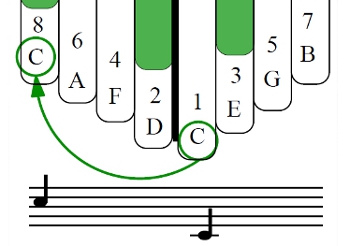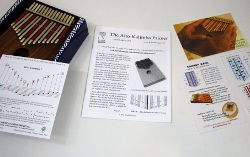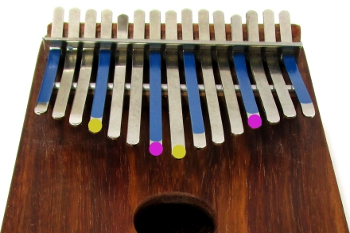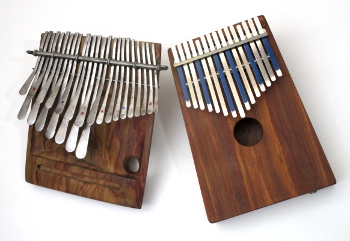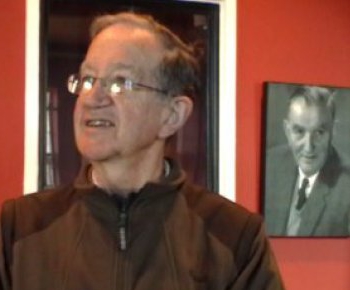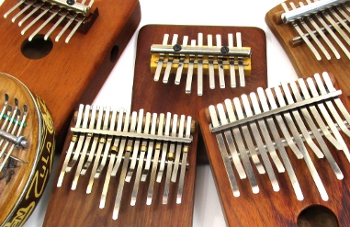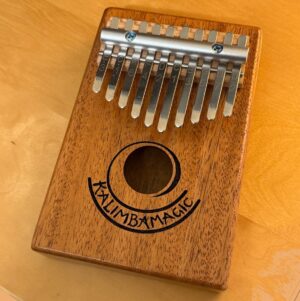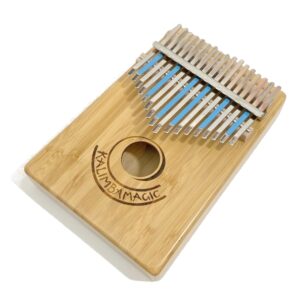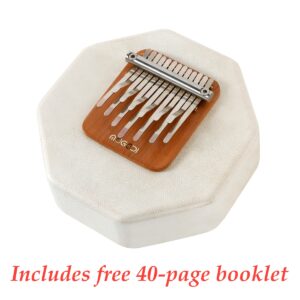
“Edelweiss” for G, B flat, and D Trebles
We provide free tablature, for all three Treble Kalimba setups, of both simple and advanced versions of the famous song Edelweiss, blossom of snow The song Edelweiss from “The Sound of Music” is a perfect little melody for the Treble kalimba. The first three notes of the song soar up beyond the root note to the 9th. You could play this song on an Alto, and you would have to do it in the lower octave of the instrument. You shouldn’t, though, because it sounds so beautiful when played higher up, on the Treble. The standard G Treble and the Bb Treble both have a few notes above the top
